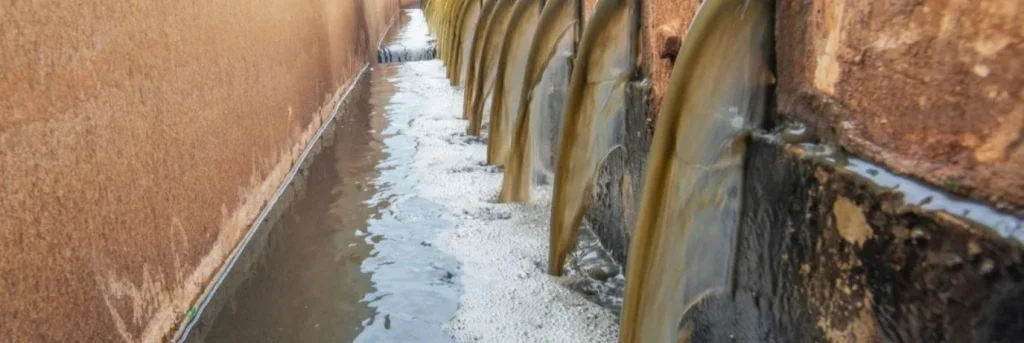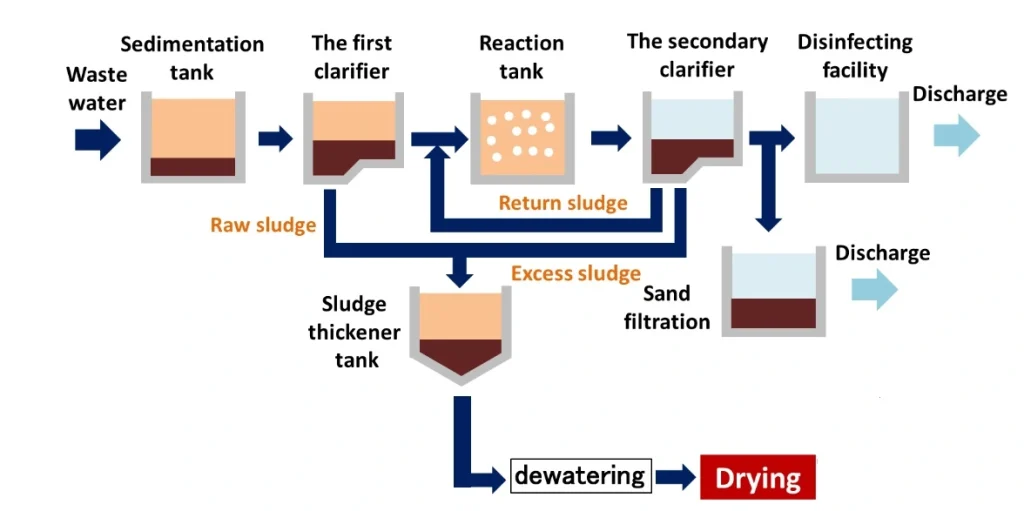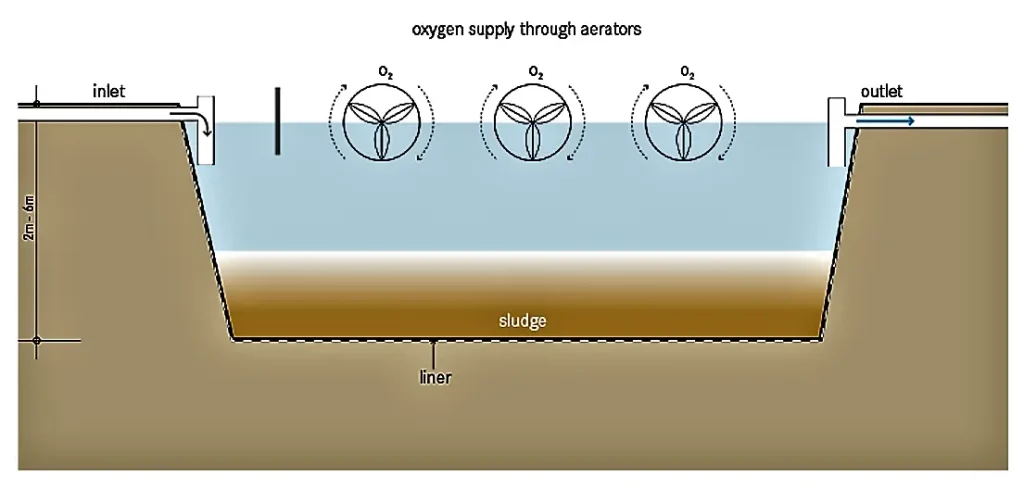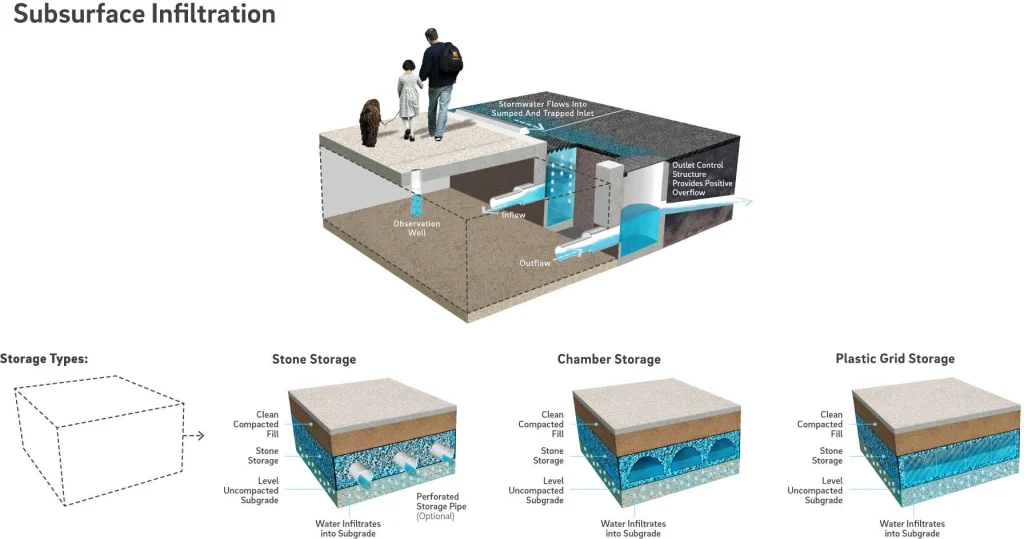
Overview
It is significant to remember that wastewater is what goes down the pipe and that wastewater management includes its effects and infrastructural requirements. One needs to think of itself as managing:
- The total negative impacts of all wastewater in the surrounding catchment on public health and natural systems and processes.
- The physical systems such as infrastructure that channel some of this waste for treatment and controlled re-entry of wastewater back into the environment.
First, you need to take the total impact aspect. In that case, there are possibly four comprehensive sources of wastewater, each with its mixed substances that ultimately find their way into wastewater:
- Factories and industry
- Household systems
- Farms and horticulture
- Commercial businesses and offices
Wastewater from farming has a tendency to be dealt with separately. Progressively, farmers are being obligated to set up on-site treatment systems for such things as animal waste. Commercial businesses, and households, industries can all use on-site systems. Depending on the size of the community, their wastewater will be collectively managed together.
An important factor in determining the type of wastewater that needs to be dealt with will be the kinds of processing businesses and industries in the area. Such as if there is a local cheese factory, your wastewater system will have to tackle whey as a waste and if there is a metal-handing factory, one may need to handle water that has been used to clean machinery.
Wastes from businesses and industry are called tradewastes. It is important to take account of these tradewastes when designing the treatment system, and important to take account of initiatives being taken on by the industry to reduce the toxicity and volume of their wastes. It would be value working with these industries to help them handle their waste streams. https://thecliment.com/hazardous-waste-impacts/
Wastewater Treatment Processes
Comparatively simple wastewater treatment technologies can be designed to provide environmental protection and low-cost sanitation. It also provides supplementary benefits from the reuse of water. These technologies use terrestrial and natural aquatic systems.
These wastewater treatment systems can be classified into three major types. Mechanical treatment systems, use natural processes within a built environment and have a tendency to be used when suitable lands are inaccessible for the implementation of natural system technologies.
Aquatic systems are characterized by lagoons; aerated, facultative, and hydrograph-controlled release (HCR) lagoons are different in this technology. Further, the lagoon-based treatment systems can be complemented by extra pre- or post-treatments using constructed wetlands, sand filtration, and aquacultural production systems. They are used to treat a diversity of wastewater and function under an extensive range of weather conditions.
Terrestrial systems make use of the nutrients present in wastewaters; soil adsorption and plant growth convert biologically existing nutrients into less-available forms of biomass, which is then collected for a variety of uses, including alcohol production, methane gas production, or cattle feed production.
An open access peer reviewed chapter on “Available Technologies for Wastewater Treatment” available on https://www.intechopen.com/chapters/81315
Mechanical Treatment Technologies
Mechanical systems use a combination of biological, physical, and chemical processes to attain the treatment objectives. Using fundamentally natural processes within an artificial environment, mechanical treatment technologies use a sequence of tanks, along with pumps, screens, blowers, grinders, and other mechanical components, to treat wastewater.
Various types of composition control the flow of wastewater in the system. Sequencing batch reactors, oxidation channels, and extended ventilation systems are all disparities of the activated-sludge process. The trickling filter solids contact process, instead, is an attached-growth system. These treatment systems are operative where land is of good quality.

Aquatic Treatment Technologies
Facultative lagoons
Facultative lagoons are the simplest form of aquatic treatment technology presently in use. The water near the surface is aerobic containing more oxygen while the bottom layer, which includes sludge deposits, is anaerobic. The middle layer is aerobic near the top and anaerobic near the bottom and establishes the facultative zone.
Aerated lagoons are deeper and smaller than facultative lagoons. These systems progressed from stabilization ponds when aeration devices were added to respond to odors arising from infected conditions. The aeration devices can be motorized or diffused air systems.
The principal disadvantage of lagoons is high sewage solid content, which can surpass 100 mg/l. To offset this, hydrograph-controlled release (HCR) lagoons are a recent invention. In this system, wastewater is settled only when the stream flow is adequate to prevent water quality degradation. When stream conditions inhibit discharge, wastewater gathers in a storage lagoon.
Aquacultural operations, constructed wetlands, and sand filters are the successful methods of enhancing the treated wastewater effluent from the lagoons. These systems have also been used with more engineered, traditional primary treatment technologies. Their key advantage is to provide further treatment outside secondary treatment where required.
Sand filters
Sand filters have also been used for wastewater treatment practices. Commonly, two types of sand filters are used: recirculating and intermittent. They differ mostly in the technique of application of the wastewater. Intermittent filters are waterlogged with wastewater and then let it to drain completely before the next application of wastewater, whereas, recirculating filters use a pump to recirculate the waste to the filter in an average ratio of 4 parts of filter effluent to 1-part raw wastewater.
Both types of filters use a 2- to 3-foot-thick sand layer, lying beneath a collection system of pierced or open joint pipes surrounded by graded gravel. Water is treated biologically by the epiphytic flora related to gravel and sand particles, though some physical filtration of suspended solids by the sand grains and some chemical adsorption plays a role in the treatment process.

Terrestrial Treatment Technologies
This treatment technology includes slow-rate subsurface infiltration, slow-rate overland flow, and rapid infiltration methods. In addition to wastewater treatment and low maintenance costs, these systems may produce extra benefits by providing water for reforestation, groundwater revival, livestock pasturage, and agriculture. They depend upon chemical, physical, and biological reactions within and on the soil.
Slow-rate overland flow
Slow-rate overland flow systems need vegetation, both to take up contaminants and nutrients and to slow the passage of the waste across the land surface to safeguard maximum contact times between the wastes and the plants or soils. Both of these systems are zero discharge systems that hardly discharge wastes directly to streams or other surface waters. Each system has different limitations regarding soil penetrability.
Although slow-rate overland flow systems are the most expensive of all the natural systems to implement. The advantage of this system is its positive impact on sustainable development practices. In addition to wastewater treatment, they provide a financial return from the reuse of nutrients and water to produce marketable crops or other agricultural products fodder, and water for livestock.
The water may also be used to provide support in reforestation projects in water-poor areas. In slow-rate systems, either primary or secondary wastewater is applied at a precise rate, either by flooding of furrows or by sprinklers, to a vegetated land surface of reasonable to low permeability. The wastewater is treated as it passes through the soil by adsorption, filtration, ion exchange, microbial action, precipitation, and plant uptake. Vegetation is a serious component of the process and serves to extract nutrients, maintain soil absorptivity, and reduce erosion.
Overland flow systems
Overland flow systems are a land application treatment technique in which treated wastes are ultimately discharged to surface water. The key advantages of these systems are their low technical manpower and low maintenance requirements.
Wastewater is applied occasionally across the tops of terraces constructed on the grounds of very low absorptivity and permitted to sheet-flow across the vegetated surface to the runoff collection channel. Treatment, counting nitrogen removal, is achieved primarily through alluviation, filtration, and biochemical activity as the wastewater flows from the vegetated surface of the terraced slope.
Loading rates and applying cycles are designed to keep active microorganism growth in the soil. The length and rate of application are controlled to minimize the incidence of severe anaerobic conditions, and a rest period is required. The rest period should be long enough to prevent surface ponding, yet short enough to keep the microorganisms active.
Rapid infiltration systems
In this systems, most of the applied wastewater infiltrates through the soil. The treated waste drains naturally to surface waters or revives the groundwater. The manpower and cost requirements are low. Wastewater is applied to soils that are temperately or highly permeable by scattering in basins or by sprinkling. The major purpose of treatment is to convert ammonia nitrogen in the water to nitrate nitrogen before discharging.
Subsurface infiltration systems
Subsurface infiltration systems are planned for towns of less than 2,500 people. They are typically designed for individual homes, but they can be designed for groups of homes. Although they do need specific site conditions, they can be low-cost approaches to wastewater disposal.

Operation and Maintenance
Operation and maintenance needs differ depending on the specific technology used. In mechanical activated-sludge plants, maintenance necessities consist of intermittently activating the sludge pumps, inspecting the system to make sure that no blockages or leakages in the system, and checking biological oxygen demand and suspended solids concentrations in the plant waste to make sure efficient operation.
In the aquatic treatment systems, facultative lagoons and anaerobic reactors are used for primary wastewater treatment.
When using terrestrial treatment systems for wastewater treatment, it is desirable to have two parallel systems. Care is essential to avoid hydraulic overload in these systems, as the irrigated plant communities could be scratched and the degree of treatment provided canceled. Periodic removal of sediments collected in the soil is mandatory to improve the soil-plant interaction and to circumvent soil compaction/subsidence.
Effectiveness of the Waste Water Treatment Technology
Natural treatment systems can produce an effluent quality equal to that of mechanical treatment systems. All can meet the limits usually established for secondary treatment, well-defined as biological oxygen demand and total suspended solids quantities of less than 30 mg/l. All except the lagoon systems can also produce wastes that meet the criteria usually categorized as innovative treatment, defined as TSS and BOD concentrations of less than 20 mg/l.
Suitability of Waste Water Treatment Technology
For places where land availability is an issue, mechanical systems are more suitable, such as residential areas and hotels. Mechanical plants are the smallest land-intensive of the wastewater treatment methods built on natural processes.
Oxidation pond and lagoon technologies are suitable where there is sufficient land available. Slow-rate systems need as much as 760 acres. Hybrid hydroponic cultivation techniques, using aquatic and terrestrial plants for wastewater treatment, also need relatively large amounts of land, and are best suitable to regions where appropriate aquatic plants can grow naturally.
Advantages of Waste Water Treatment Technologies
The advantages of using natural biological processes recount to their low-tech/no-tech nature, which means that these systems are comparatively easy to construct and function, and to their low cost, which makes them striking to communities with inadequate budgets. However, their simplicity and low cost may be misleading in that the systems require everyday inspections and constant care to make sure smooth operation.
Issues include excessive plant growth, hydraulic overloading, and loss of exotic plants to natural waterways. Due to this reason, and also because of the land requirements for biologically built technologies, many communities choose mechanical technologies, which tend to need less land and permit better control of the operation. However, these systems usually have a high cost and require more skilled workers to operate them.
Disadvantages
Disadvantages generally refer to the ease of operation and the cost of construction. Mechanical systems can be expensive to build and operate as they require specialized staff. However, they do offer a more measured environment which produces a more consistent quality of waste.
On the other hand, natural biological systems are more land-intensive, need less skilled operators, and can produce effluents of different quality depending on the time of year, volume of wastewater loading, and type of plants. Generally, the complication and cost of wastewater treatment technologies increase with the quality of the waste produced.
Further Development of the Technology
The cost-efficiency of all wastewater treatment technologies requires to be improved. New designs of mechanical systems that address this issue are being introduced by the treatment plant engineering industry. The use of vertical reactors with an activated sludge system is one example of the invention going on in the industry.
Similar product development is happening in the use of terrestrial and aquatic plants and hybrid hydroponic systems, as a resource for wastewater treatment; however, these technologies are still in an investigational phase and will require more research and testing before being acknowledged as standard treatment technologies.
In addition, education to create an awareness of the need for wastewater treatment remains a serious need at all levels.
 The Climent Respect your roots, Protect your planet
The Climent Respect your roots, Protect your planet
